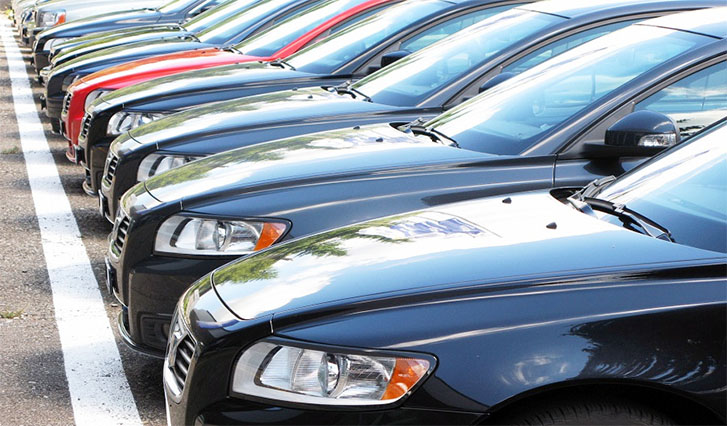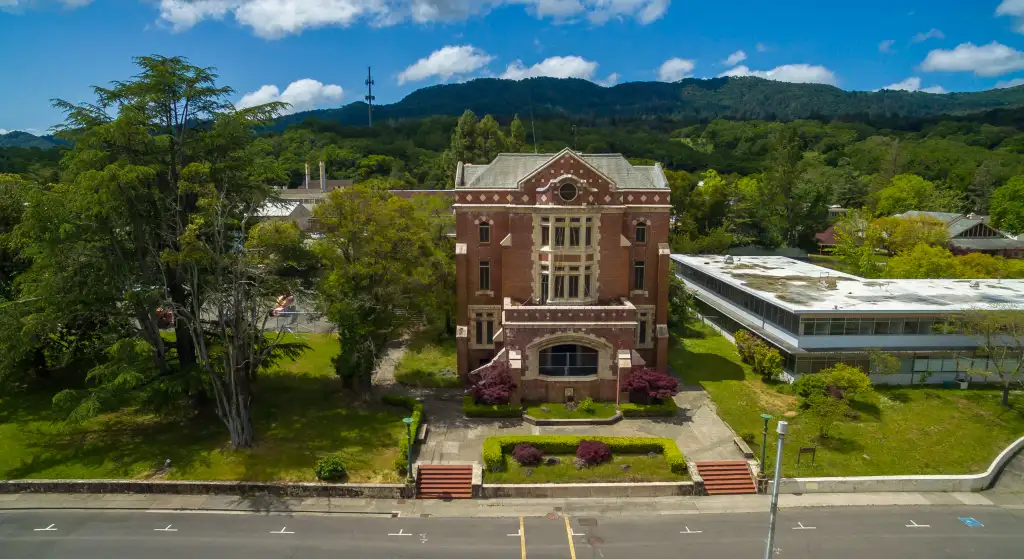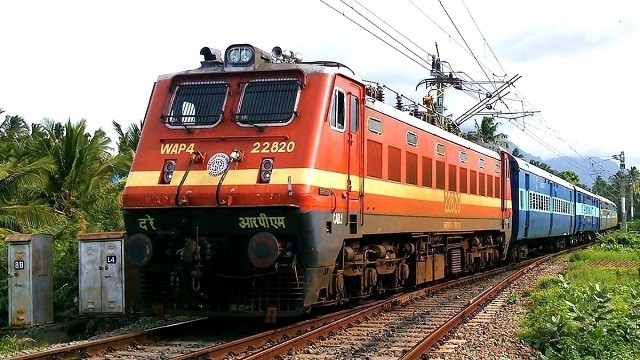By ISAAC AGBER
Copyright independent

The hum of engines in Lagos showrooms and other car-dealer parks sounds less like promise these days and more like distress.
As the naira sinks, dollar-denominated tariffs soar, and import duties tighten, Nigeria’s automobile market is bearing the brunt.
Investigation by Daily Independent, reveals that dealers are recalibrating their margins, buyers are delaying or downgrading purchases, and what once passed for “moderately expensive” now feels astronomical.
Here is how recent interviews, hard numbers and market trends reveal just how severely Nigerians are being hit – and why the global tariff landscape only makes matters worse.
From Global Tariffs to Local Pain
Globally, automotive supply chains have been knocked off kilter.
Policies like the U.S.’s 25 per cent tariff on imported vehicles and auto parts, plus levies on steel and aluminium, have ripple-effects far beyond American borders. Even for Nigerian dealers importing used cars (Tokunbo), if a vehicle originates in, say, the U.S., additional cost layers – raised by export tariffs, shipping, or steel costs – get folded into what they pay.
Meanwhile, Nigeria’s currency has been weakening steadily against the dollar, worsening the pain.
Dealers needing dollars to clear stock, import parts or pay shipping are forced to pay more naira per dollar – or wait until forex becomes available. The result: imported cars that might once have been attainable are now luxuries.
Recent interviews with dealers reveal not just rising prices, but rising anxiety. A car dealer in Abuja, told Daily Independent that Tokunbo cars that once seemed affordable are now beyond the reach of many customers.
He estimated that a “fairly used 2003 Toyota RAV4” now sells for around N4 million, while more recent models (e.g. a 2022 model) fetch upward of N30 million depending on condition. That’s a nearly ten-fold increase for earlier years.
Another dealer in Lagos, speaks of demand shrinking.
According to him, buyers are shifting preferences away from newer used cars to older models or to locally used cars (Nigerian used). He adds that the condition of roads, maintenance costs and wear-and-tear weigh heavily in such older stock, but many Nigerians have no alternative.
Another dealer confirmed that importing a 40-foot container is now a gamble. At more than N1,600 to the dollar, the landing cost, duties, shipping and clearing make margins razor thin. He admits many dealers simply pass on every cost increase to buyers.
Price Comparisons: 2020 vs 2025
To grasp the scale of what has changed, consider these comparative prices of popular cars. These are real-world listings and averages.
A 2013 Toyota Camry that cost about N5 million in 2020 is now going for roughly N15 million.
A 2015 Lexus RX350 rose from N9 million to N23 million over the same period.
The price of a 2016 Toyota RAV4 jumped from N13 million in 2020 to N30 million in 2025.
Luxury vehicles show even sharper disparities. A Lexus RX350 published new-unit price in mid-2025 is around N120 million for a Premium Plus trim. For used versions, depending on year and condition, prices span from N3.8 million (older, perhaps high mileage, lower specification) to N45 million.
These numbers reflect more than just inflation – they tell of exchange-rate shocks, heavy import duties, and cost escalation in shipping, clearance and handling.
The Naira-Dollar Forex Factor
Key to all this is the naira’s volatility. While official rates and parallel (or black market) rates diverge, many dealers and importers are forced to source forex at the less favourable of these, especially if official allocations are delayed or rationed.
One recent data point: the Central Bank of Nigeria (CBN) sold US$148 million to authorised dealer banks at rates between N1,470 and N1,510 to help relieve pressure, while the naira had been trading around N1,640 per US dollar in informal markets.
Another: many dealers report they have to budget with rates of N1,600+/US$1 when planning imports, even if the published or ‘official’ rate is lower.
This means every dollar of purchase or shipping hits their cost base at a higher naira value than expected.
When the naira falls, every cost denominated in dollars (purchase, freight, insurance, port fees) ratchets up accordingly. Then duties and tariffs, often calculated as a percentage of the cost, increase as well.
How Tariffs and Duties Amplify the Damage
Import duty and tariff regimes in Nigeria have become steeper. Duties on used and new vehicles can run to 32–35 per cent, plus levies, customs handling, clearing fees, and sometimes import bans or restrictions on certain left-hand or right-hand drive vehicles.
Because many cars are classified as used imports, and because many spare parts or accessories must be imported too, the layered burden of import tariffs multiplies. Add to that logistic inefficiencies, delays at ports, and occasional policy uncertainty. When a car is delayed, storage or demurrage charges accumulate; when policies change, paperwork or certification delays further increase cost.
Dealers report that these costs are now non-negotiable parts of their cost base, so markup to the final buyer is no longer just profit – it’s survival.
Who Loses the Most?
Dealers are caught in a squeeze: high cost of acquisition vs dampened demand. Some have stopped importing altogether, or scale down operations.
Many are stuck with ageing stock that they paid hard foreign exchange, but cannot sell at a price that both covers cost and is acceptable to buyers.
Some buyers, especially middle-income Nigerians, bear the worst burden. What once might have been a solid used SUV or sedan for N5–10 million is now often twice or triple that price, pushing many into much older, less safe vehicles. Luxury models are pushed into extremely high price brackets, making them status items more than practical transport options. Even for decent used cars, warranty, parts availability and servicing are more expensive.
Flickers of Hope
Though the picture is bleak, some features suggest ways forward. For instance, the used-car (Tokunbo) market continues to grow. According to Mordor Intelligence, the market size of Nigeria’s used car sector is projected at US$1.24 billion in 2025, rising at a CAGR of 8.9 per cent to US$1.90 billion by 2030. This reflects customers choosing used over new because of cost.
Some manufacturers and dealers are trying to adjust by sourcing more parts locally or seeking “locally-used” cars (Nigerian used cars) to avoid the worst forex and import duties. Many dealers are already incorporating this trend into their business models.
Then, policy suggestions from economists include liberalising access to foreign exchange, smoothing or reducing import duties for certain reliable used-car types, incentivising local assembly and manufacturing, and offering financing options that reduce upfront cost burdens.
Choices and Consequences
If nothing changes – or changes only slowly – Nigeria risks widening socio-economic divides in mobility. Car ownership will become less about necessity and more about wealth. Transport costs (public and private) will continue to rise. Repairs and parts will command premiums. Riskier older vehicles will stay on the road, with implications for safety and emissions.
But, with deliberate policy – exchange rate stability, rational duty and tariff structure, incentives for local industry – and by fostering transparency in pricing, there is a possibility of easing the pain. Dealers who survive will be those who adapt: sourcing locally where possible, specialising, maintaining good service histories, leveraging online platforms, and adjusting to buyer means.
Nigeria today sits at a crossroads. The fall of the naira, global tariff disruptions, and domestic import duties have together inflated car prices beyond what many can reasonably pay. Dealers are struggling, buyers are postponing or downgrading, and many once “accessible” vehicles are now dreams. The question is: will the government, industry and consumers find a way to steady the ship, or will this become the new normal?



